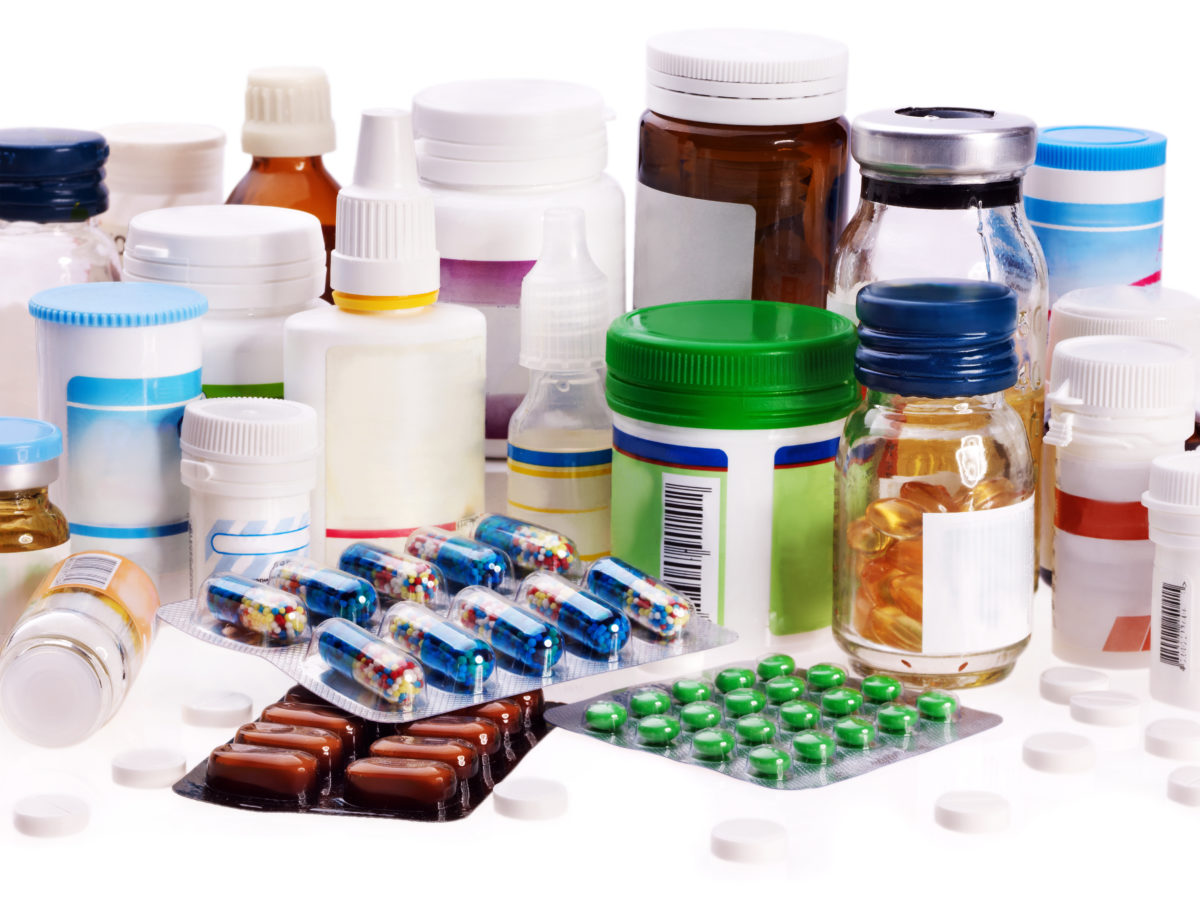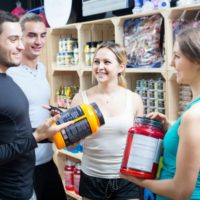In today’s market, savvy shoppers want to know about the sustainability and the environmental impact of the packaging their products come in. They also want what is best for their health, especially when it comes to natural products. Will dark glass protect the shelf life of their gel caps? Is BPA-free plastic as good as glass?
Generally, glass materials are more stable than plastic. They are also more transparent, less toxic, tasteless, and are 100% recyclable. In fact, they can be recycled over and over again without losing any quality or purity. Glass bottles can withstand high temperature, are easy to clean and can be stored at low temperature. They can also be sterilized and reused for home use.
The color amber provides the best ultraviolet (UV) protection. Next is cobalt and then green. Clear glass provides no UV protection. According to glass manufacturers, there is no risk of the color leaching into the product.
What about plastic bottles?
Herbs, capsules, gel-caps, and pills are typically packed in plastic packer bottles. These also come in a variety of colors, plastic types and wall thicknesses. But not all plastic is recyclable. (*See below for recyclable plastic containers.)
BPA is a chemical used in manufacturing polycarbonate plastics and epoxy resins, including some food packaging. Since BPA can leach from plastic containers into foods and beverages, especially when the containers are heated, it may pose a potential risk to the environment and your health, notably your children’s health. Please make sure your plastic containers do not contain BPA.
Sustainable or efficient?
Sustainability relates to the most effective use of resources. For instance, the use of fewer raw materials can result in lighter weight packaging. A practice like this is sustainable (in the “green sense” of the term), AND it’s also efficiently resourceful and responsible. The philosophy here is to think beyond creating, selling and disposing of containers in an eco-friendly way and to instead make an effort to optimally use every resource effectively throughout the supply chain process.
Is your packaging compostable?
Compostable packaging refers to small bottles or other forms of packaging made from renewable resources. Bottles must have these three qualities to be considered compostable:
- Packaging must biodegrade: Breaks down at the same speed as paper (within 90 days).
- Packaging must disintegrate: Breaks down so finely that particles can’t be separated from the compost soil.
- Packaging must not produce toxins: Break down is toxic-free, compost is capable of supporting plants.
Is it biodegradable?
This classification is very loose. It is applied to packaging capable of being broken down by living organisms such as bacteria and fungi, over an indefinite period of time. How long? It doesn’t matter, as long as it breaks down eventually.
*Can the packaging be recycled?
Packaging made from PET, HDPE, PVC, and LDPE are recyclable.
PET=#1 code. Polyethylene terephthalate or PET(E) is a plastic resin and a form of polyester
HDPE-#2 code. High density polyethylene
PVC-#3. Is used in the production of blister packages, these are easily heat sealed
LDPE-#4 code. Low linear low density polyethylene
What is natural plastic?
There is really nothing natural about it. “Natural” just refers to the color which has no color added to it. It isn’t white; natural merely refers to the color–in this case no color– of the plastic material.
After you choose your packaging, it’s important to create the right marketing message to reach your customers. Call me today to see how I can help you reach your target audience with a message that informs and sells.
303-447-8300






